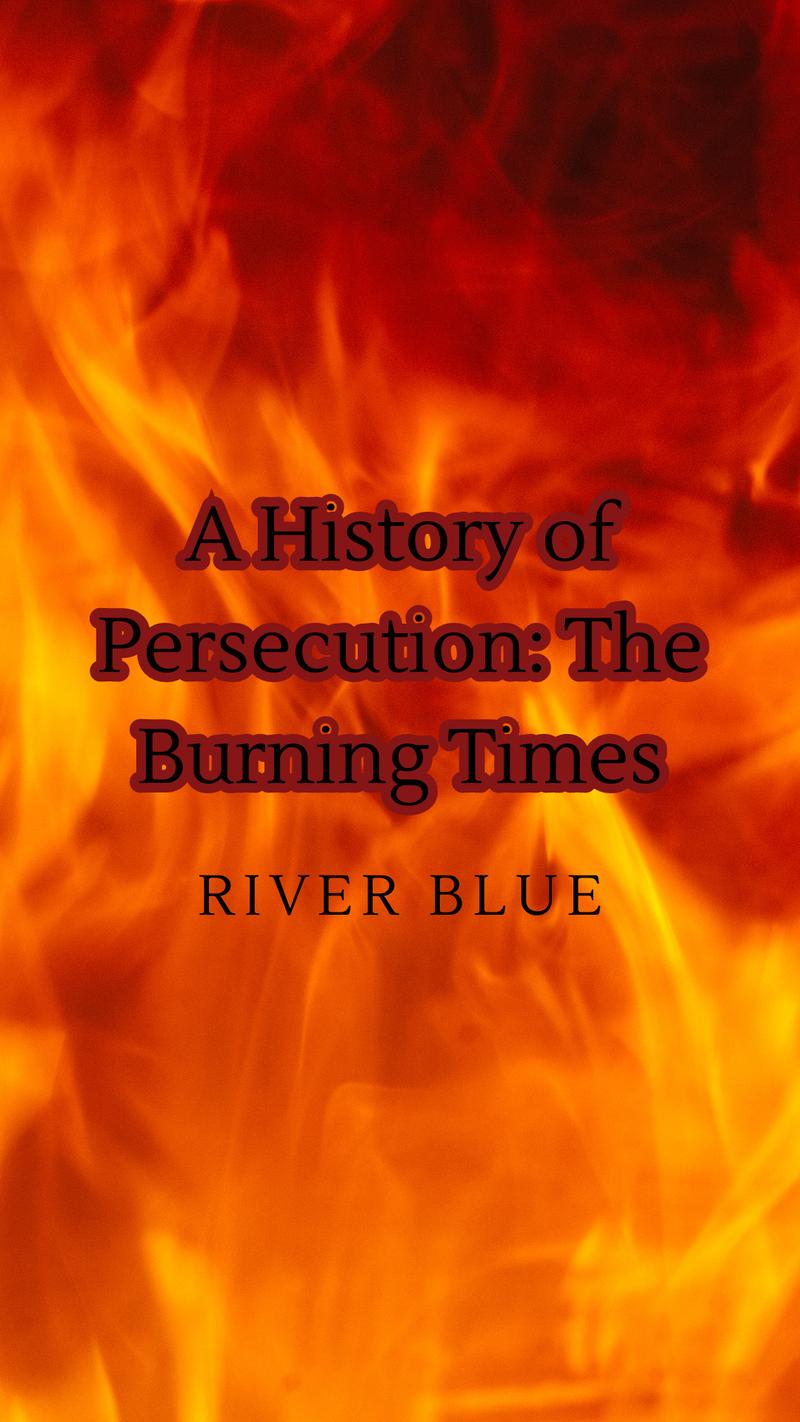A History of Persecution: The Burning Times!
A History of Persecution: The Burning Times!
During the period known as the "Burning Times" in Europe, widespread witch hunts took place, especially in Germany and France. These hunts occurred primarily between the 15th and 18th centuries, reaching their peak during the 16th and 17th centuries.
The witch hunts stemmed from a combination of religious, social, and political factors. Europe, at the time, was deeply entrenched in Christian beliefs, and the Catholic Church played a significant role in shaping public opinion. The Church viewed witchcraft as heresy and believed that witches made pacts with the devil, causing harm to society.
In Germany, the witch hunts began in the late 15th century and intensified during the Reformation. The religious upheaval of the Protestant Reformation, led by Martin Luther, created a climate of fear and suspicion. The Catholic and Protestant authorities both sought to eradicate perceived threats to their respective faiths, resulting in the persecution of alleged witches. The infamous witch-hunting manual, "Malleus Maleficarum," published in 1487 by Heinrich Kramer and Jacob Sprenger, fueled the hysteria by providing a guide for identifying, prosecuting, and exterminating witches.
In France, the witch hunts gained momentum in the 16th century and continued into the 17th century. The French witch trials were often instigated by local authorities seeking to assert control or eliminate those they considered social outcasts or threats. These trials were characterized by torture, coerced confessions, and mass hysteria. The most notorious case in France was the "Affair of the Poisons" during the reign of King Louis XIV. It involved accusations of witchcraft, black magic, and poisoning among the French nobility, resulting in numerous executions.
Throughout Europe, the accused were subjected to cruel and inhumane methods of interrogation and torture. Commonly used techniques included strappado (a form of suspension by the wrists), the rack (a stretching device), and water or fire-based trials, such as the infamous "swimming test" or "trial by ordeal." These methods were employed to extract confessions, often resulting in innocent individuals admitting to crimes they did not commit.
The exact number of people executed during the witch hunts is difficult to ascertain, but estimates range from tens of thousands to hundreds of thousands. The majority of those accused and persecuted were women, although men were not entirely exempt.
The witch hunts eventually began to decline by the late 17th century as skepticism grew, and the Age of Enlightenment ushered in more rational thinking. Intellectuals and legal authorities started questioning the legitimacy of witchcraft claims, leading to a gradual decline in prosecutions.
The burning times and witch hunts of Europe remain a dark chapter in history, reflecting the dangers of superstition, religious intolerance, and societal fears. Today, they serve as a reminder of the importance of justice, compassion, and critical thinking in the face of mass hysteria and persecution.
Be the first to post a message!
